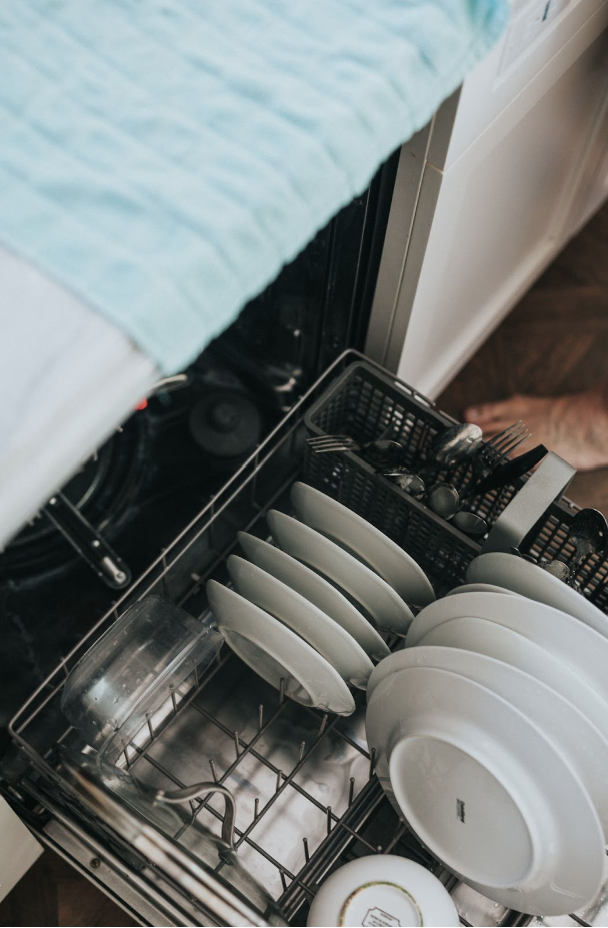There’s something extraordinary about a present that’s handmade with care and thought. In a world of mass-produced items, a handcrafted gift stands out for its personal touch, making it a perfect way to spread joy and show appreciation to your loved ones.
The art of handcrafted presents
Handmade gifts hold a unique place in the hearts of both the giver and the receiver. There’s an intimate connection in crafting—selecting materials, investing time, and infusing personal sentiments into the creation.
Read More





